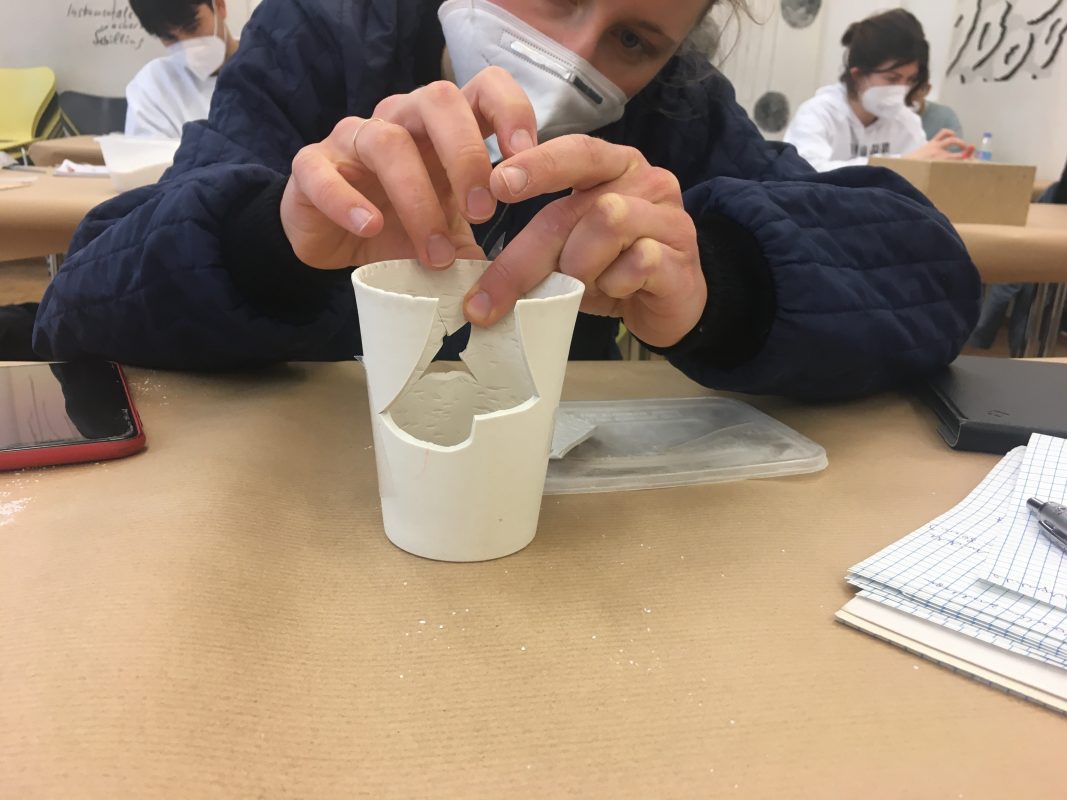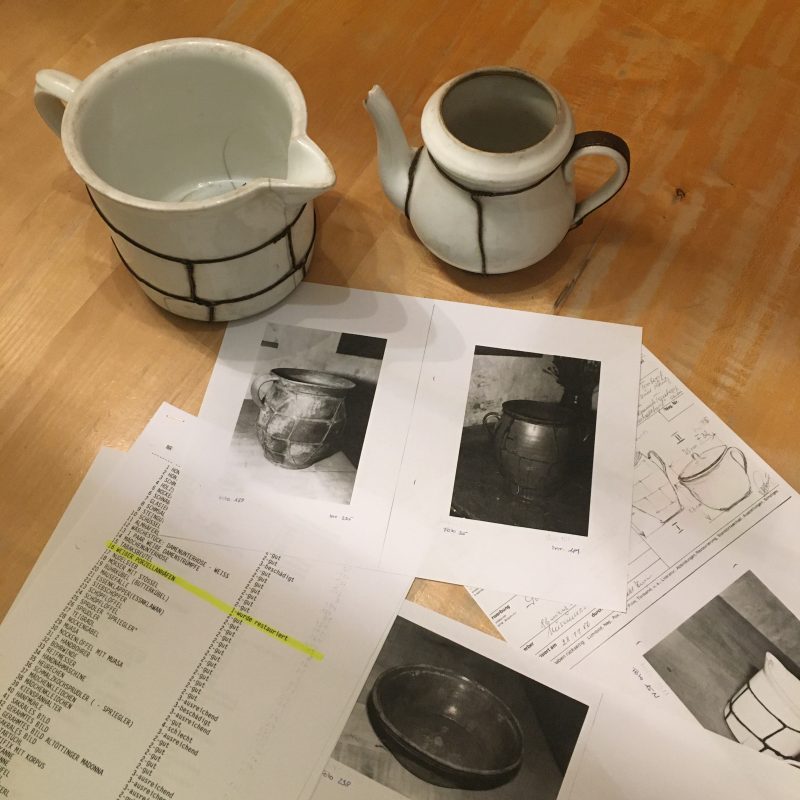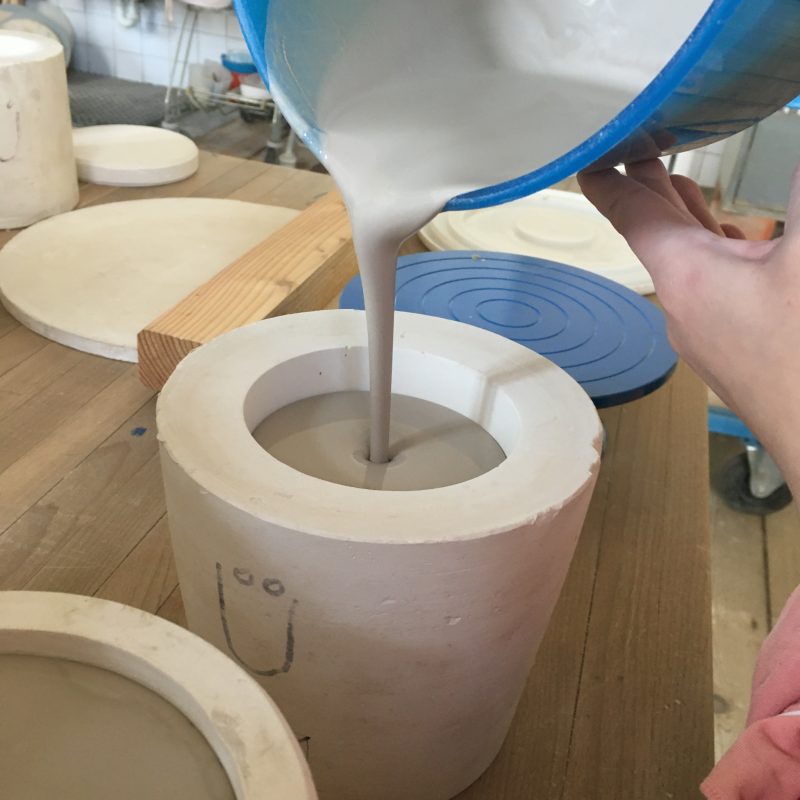Smashed Japanese Imari, splinters of Chinese blue and white porcelain, shards from historical Meißen and Vienna factories: a room full of smashed porcelain, neatly arranged in piles. The “Shard Room” at Loosdorf Castle in Lower Austria, destroyed after World War II, invites you to reflect on fragility, destruction and reconstruction. The shards attest to the global networks of East Asian porcelain exports since the 17th century and the cultural appropriation and imitation of these luxury objects in Europe. In order to trace their fragmentary biographies, we have created porcelain objects, smashed them and glued them again, we have read, researched, documented and fictionalized. The individual projects convey “fragmentary knowledge” on the aesthetics and semantics of shards, on desire for and fear of destruction. They engage with destruction and iconoclasm as part of artistic creation, with linguistic and poetic aspects of the fragment, with material technology and value discourses and with diverse approaches to the reconstruction and restoration of scattered remains.
A project of the MA programme in Studies in Art and Culture, supervised by Eva Kernbauer (art history) and Barbara Praher (study coordinator) in cooperation with Maria Wiala and Alexandra Zaitseva (Ceramics Studio) and the Institute of Conservation (Gabriela Krist, Johanna Runkel and Manfred Trummer, MAK).
Schloss Loosdorf, Shard Room, Meissen vase, Photo: Christoph Schleßmann, Institute of Conservation, University of Applied Arts Vienna
Sticking smashed porcelain, Photo: Eva Kernbauer, 2021
Porzellanhäfen (porcelain mug), ceramic objects and archive documents of the Aberseer Museumsverein, 2021, Photo: Helene Eisl
Porcelain casting, 2021, Photo: Helene Eisl




